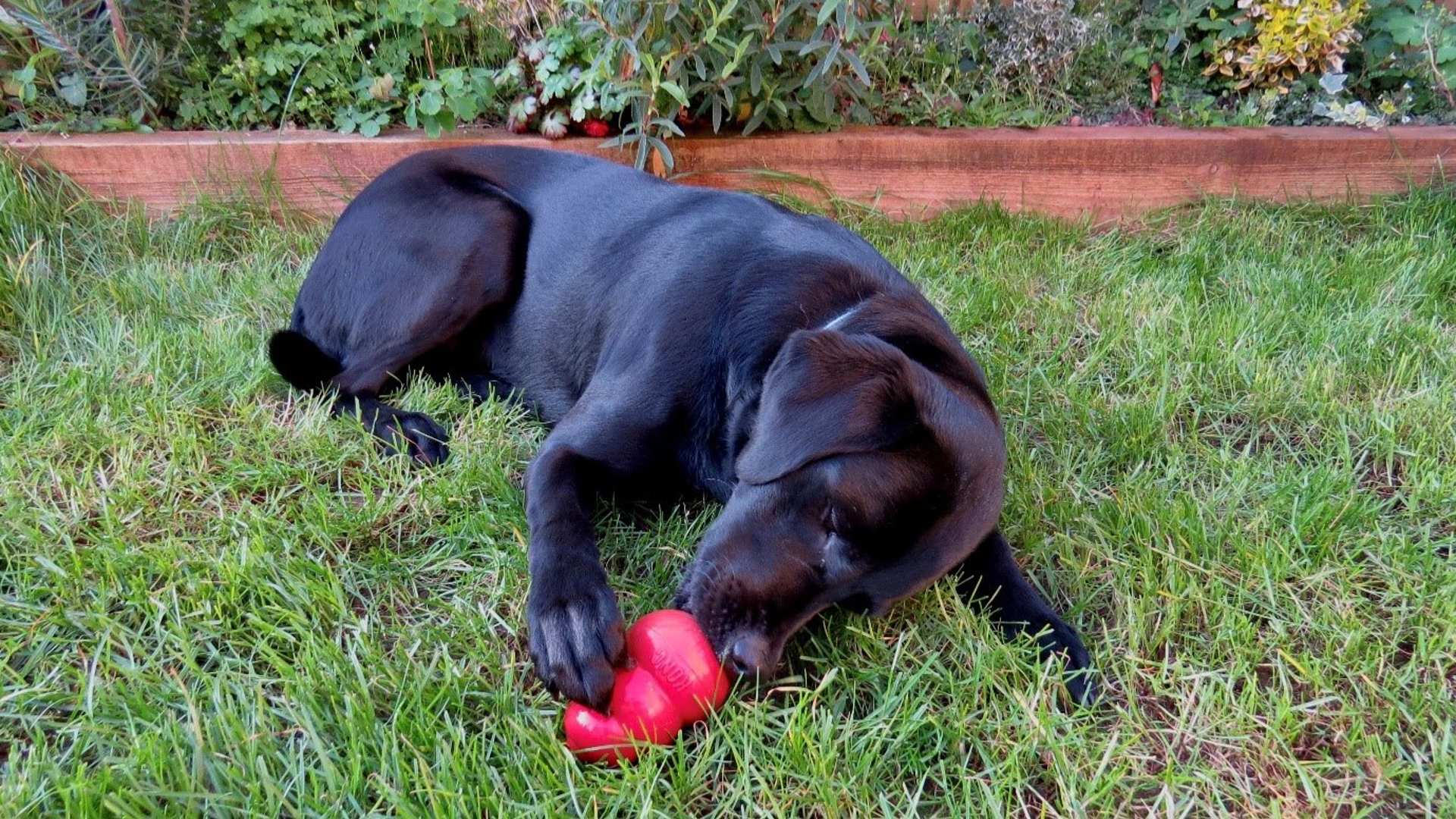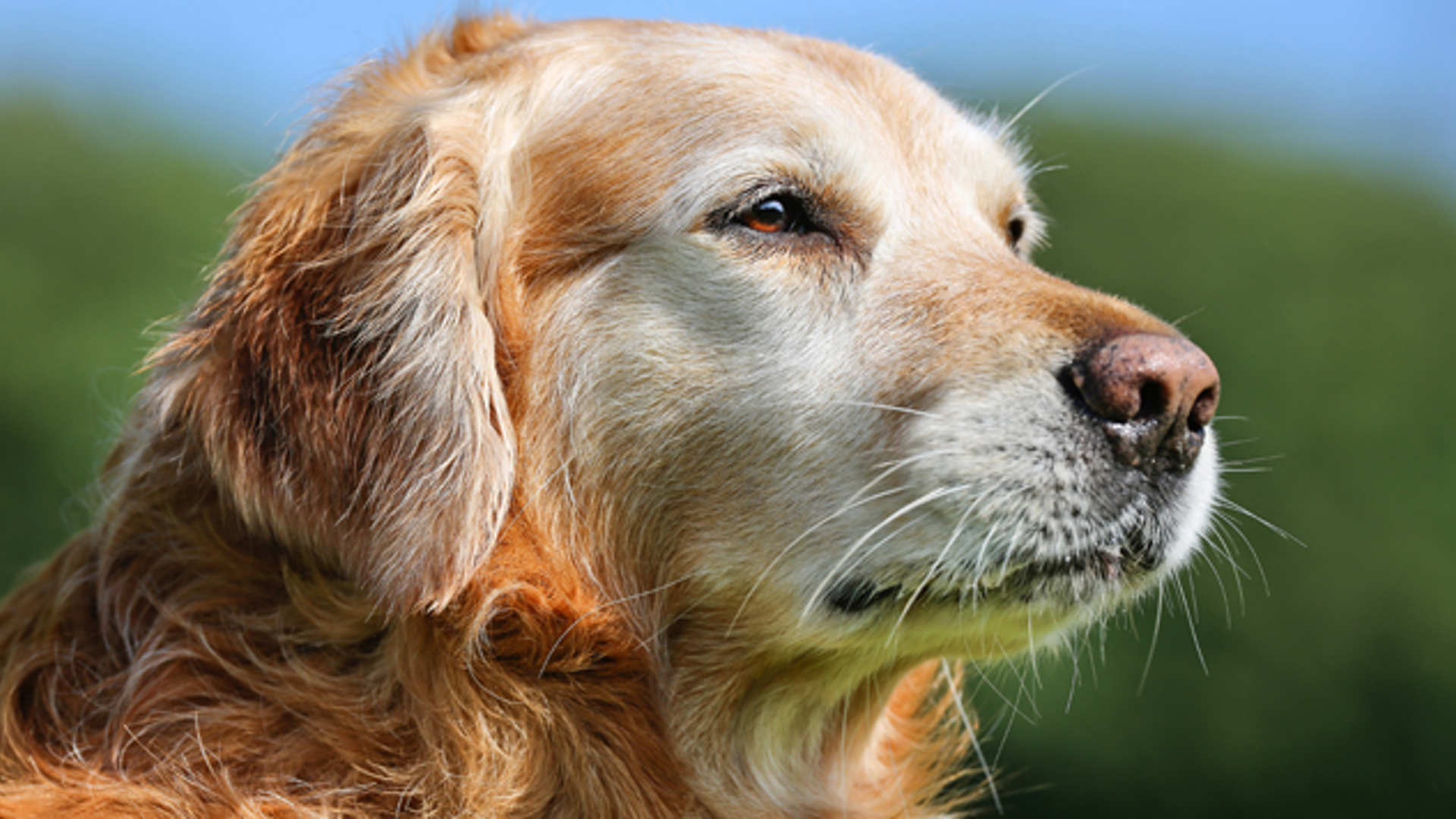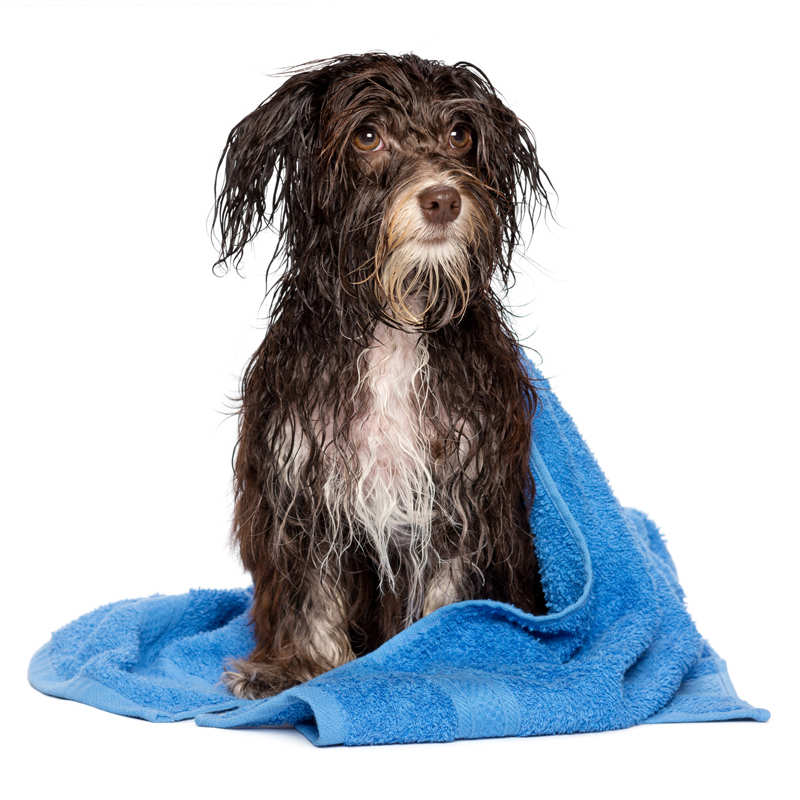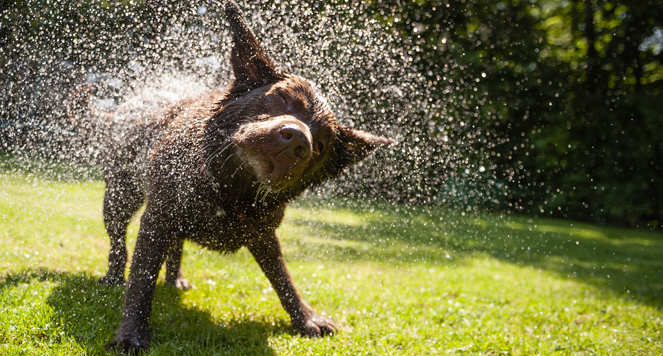
Heatstroke
When temperatures begin to soar, a common issue that all pet owners should be aware of is heatstroke (also known as heat stress). With the heat of the summer months, the number of cats and dogs visiting us due to this condition rises. Brachycephalic breeds are particularly susceptible as temperatures rise. Unfortunately, many pet owners do not realise that their cats and dogs can overheat when the weather is hot and may only seek treatment at the eleventh hour.
Top tips for preventing heatstroke in your pet
- Make sure they have access to a cool, well-ventilated space. Good ventilation is critical because many animals lose heat by panting (evaporative cooling) which relies on good air flow. Outdoor pets should always have access to shade.
- All pets should always have access to plenty of fresh clean drinking water.
- Never leave your pet in a car as temperatures inside rise extremely quickly, even on mild days and can kill pets rapidly.
- Avoid exercising animals in hot weather.
- Avoid hot sand, concrete, asphalt areas or any other areas where heat is reflected and there is no access to shade.
Signs your pet may be in heat distress
- Panting (this increases as heatstroke progresses)
- Drooling, salivating
- Agitation, restlessness
- Very red or pale gums
- Bright red tongue
- Increased heart rate
- Vomiting/diarrhoea (possibly with blood)
- Breathing distress
- Signs of confusion or delirium
- Dizziness, staggering
- lethargy, weakness
- Muscle tremors
- Seizures
- Collapsing and lysing down
- Little to no urine production
- Coma
What to do if you suspect your pet has heatstroke
Stay in the know Related articles & advice
-
Behaviour

-
Arthritis

-
Vaccinations



